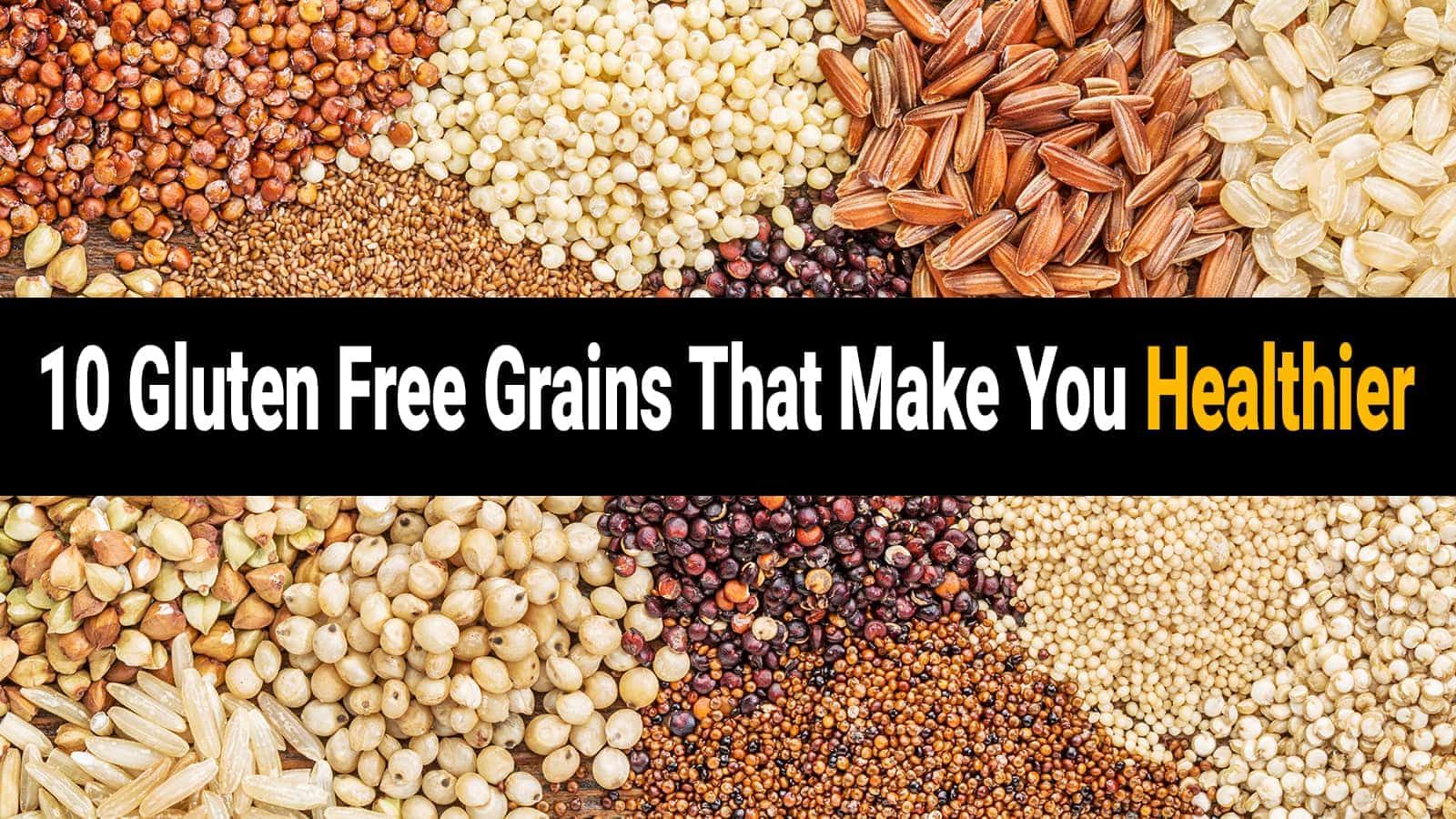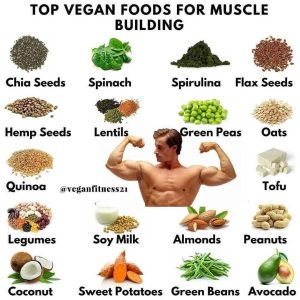
In recent years, there has been a growing interest in gluten-free diets due to various health concerns and dietary restrictions. While avoiding gluten can initially seem limiting, there is a wide range of delicious and nutritious gluten-free grains available that can not only satisfy your culinary cravings but also expand your horizons in the kitchen. In this article, we will explore some of the top gluten-free grains that you can incorporate into your diet.
Buckwheat: A Nutritious and Versatile Option
Contrary to its name, Buckwheat is not a type of wheat and is, in fact, gluten-free. It is highly nutritious and packed with essential minerals such as magnesium, copper, and manganese. Buckwheat can be used in various forms, including whole, cracked, or ground into flour. It has a unique nutty flavor and can be cooked like rice, used as a base for salads, or incorporated into baked goods like pancakes or muffins.
Millet: A Versatile Grain with a Nutty Flavor
Millet is an ancient grain that is naturally gluten-free and has been consumed for thousands of years. It offers a range of health benefits and is a good source of essential nutrients like copper, magnesium, and phosphorus. Millet has a mild, nutty flavor and a slightly fluffy texture when cooked. It can be enjoyed as a wholesome grain side dish, used in pilafs, added to soups or stews, or even ground into flour for baking gluten-free bread or cookies.
Quinoa: The Protein-Packed Super Grain
Quinoa has gained immense popularity in recent years for its exceptional nutritional profile. It is a complete protein, meaning it contains all nine essential amino acids required by the body. Quinoa also offers a good amount of fiber, iron, and magnesium. Its mild and slightly nutty flavor makes it a versatile grain that can be used in salads, added to stir-fries, or enjoyed as a side dish. It can also be ground into flour for baking or used to make gluten-free pasta and bread.
Amaranth: A Tiny Grain with a Mighty Nutritional Punch
Amaranth is a gluten-free grain that packs a remarkable nutritional punch. It is rich in protein, fiber, and essential micronutrients such as calcium, iron, and magnesium. Amaranth has a slightly sweet and nutty flavor and a tender, creamy texture when cooked. It can be used as a porridge, added to soups or stews, popped like popcorn, or ground into flour for baking. Amaranth flour is especially great for making gluten-free bread, muffins, and cookies.
Teff: The Ancient Grain for Modern Palates
Originating from Ethiopia, Teff is a tiny, gluten-free grain that is gaining popularity worldwide. It is rich in fiber, iron, and vitamin C. Teff has a mildly nutty flavor and a unique, delicate texture. Traditionally, it is used to make injera, a spongy flatbread in Ethiopian cuisine, but it can also be cooked as a porridge, added to baked goods, or used as a substitute for wheat flour in various recipes. Teff flour is a great option for those looking for gluten-free alternatives in baking.
Sorghum: A Wholesome and Versatile Gluten-Free Grain
Sorghum is another versatile gluten-free grain that is highly nutritious. It is rich in antioxidants, fiber, and B vitamins, making it a great choice for maintaining a healthy diet. Sorghum flour is an excellent alternative to wheat flour in gluten-free baking and can be used to make delicious bread, muffins, and pancakes. Sorghum grains can also be used in salads, added to soups, popped like popcorn, or cooked as a wholesome side dish. Exploring the world of gluten-free grains can be an exciting journey for both your taste buds and your health. With the wide variety of options available, such as buckwheat, millet, quinoa, amaranth, teff, and sorghum, you can easily expand your culinary horizons while enjoying the numerous health benefits these grains offer. So, go ahead and give these gluten-free grains a try to add a new dimension to your meals and recipes.

